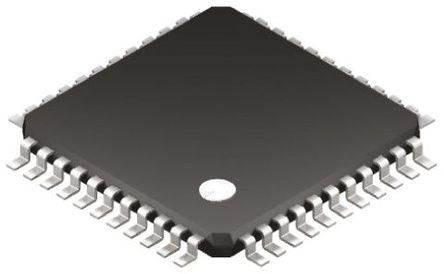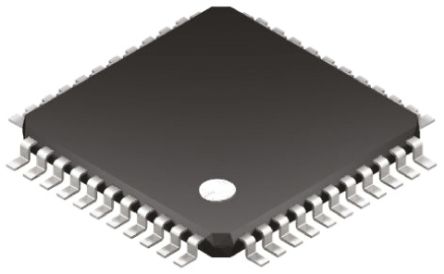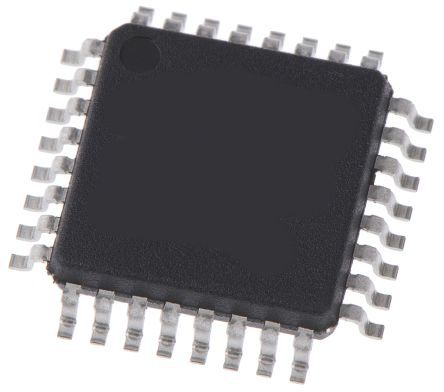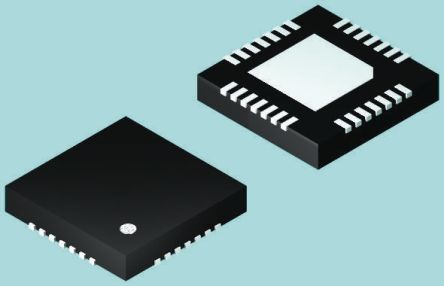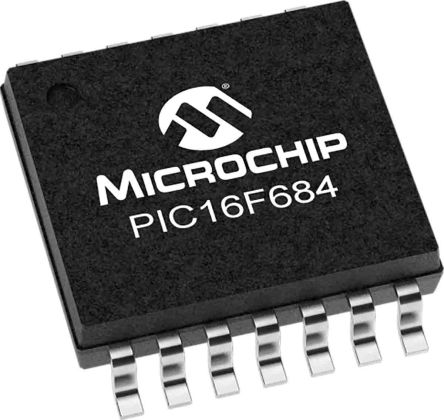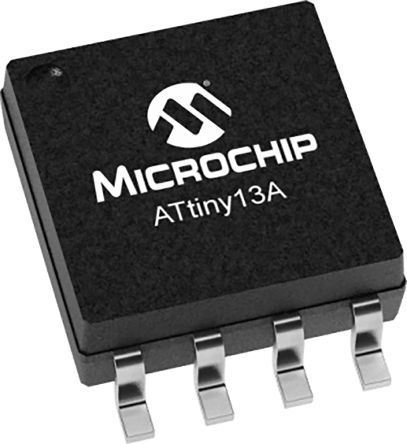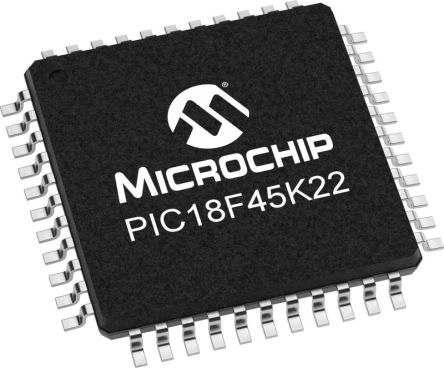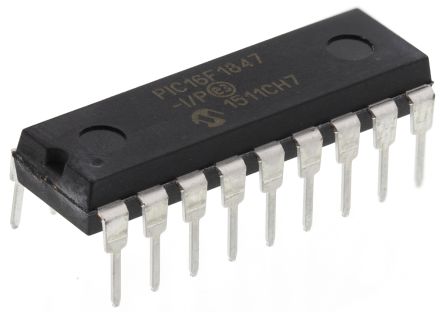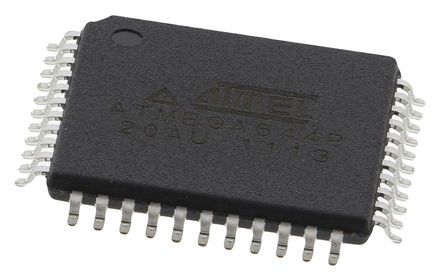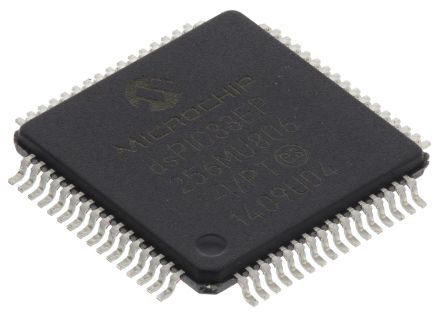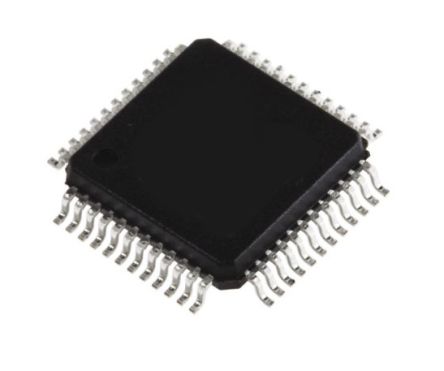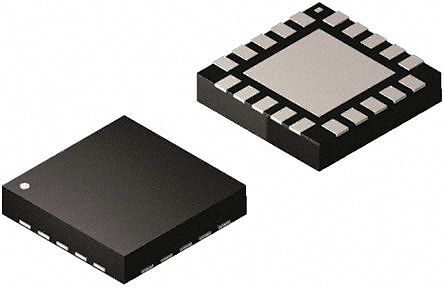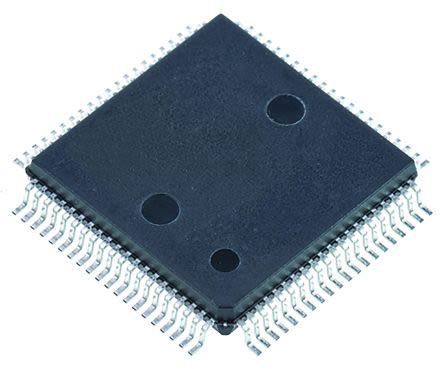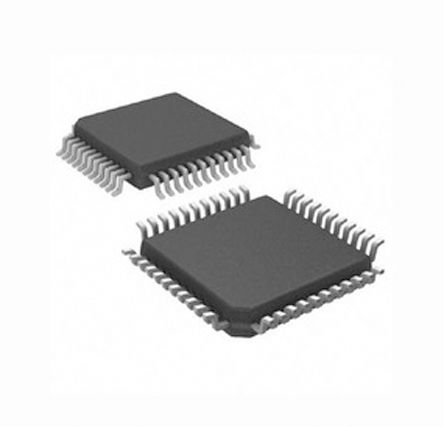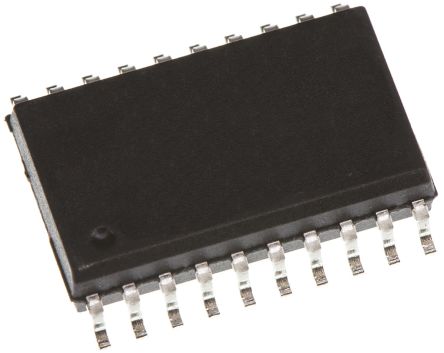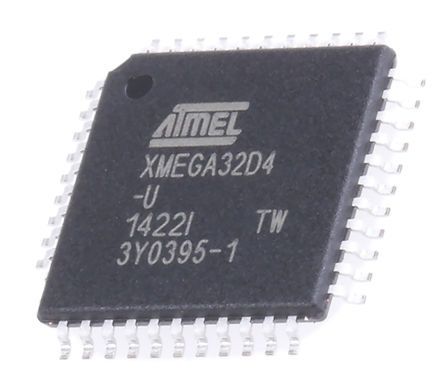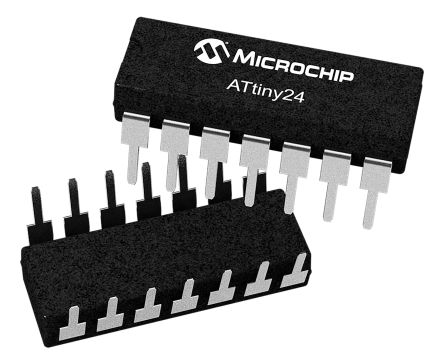- Automation & Control Gear
- Cables & Wires
- Enclosures & Server Racks
- Fuses & Circuit Breakers
- HVAC, Fans & Thermal Management
- Lighting
- Relays & Signal Conditioning
- Switches
- Batteries & Chargers
- Connectors
- Displays & Optoelectronics
- ESD Control, Cleanroom & PCB Prototyping
- Passive Components
- Power Supplies & Transformers
- Raspberry Pi, Arduino, ROCK, STEM Education & Development Tools
- Semiconductors
Microcontrollers
Microcontrollers, also referred to as MCUs (microcontroller units), are embedded semiconductor devices used in circuit board design. They are essentially a computer within an integrated circuit (IC). Microcontrollers are mostly used in single-function embedded applications, unlike microprocessors which are designed for general-purpose work in Personal Computers, Tablets and Smartphones. Microcontrollers are limited in their clock speed compared to microprocessors by the relative slowness of their non-volatile Flash program memory. Learn more in our microcontrollers guide.
What are Microcontrollers made up of?
Microcontrollers contain single or multiple processors, plus memory and I/O peripherals. These peripherals include timers, ADCs (analogue-to-digital converters) and DACs (digital-to-analogue converters).
What does 8-bit mean?
Microcontrollers have a data bus width which describes the amount of data the MCU can process at a time. For example, an 8-bit microcontroller can process 8 bits at one time. Popular data bus widths include 8-bit, 16-bit and 32-bit MCUs.
What packages are available for Microcontrollers?
MCUs come in standard chip packages with various pin counts. Package types include:
- LQFP
- PDIP
- QFN
- SOIC
- SSOP
- TQFP
- TSSOP
What are ARM processor cores?
Microcontrollers often contain an ARM microprocessor core. ARM represents an architecture developed by ARM Holdings, which is used by other companies to manufacture microprocessors and other devices such as System-on-Chip (SoCs).
- Cortex-M0
- Cortex-M0+
- Cortex-M1
- Cortex-M3
- Cortex-M4
- Cortex-M7
- Cortex-M23
- Cortex-M33
- Cortex-M35P
Where are microcontrollers used?
MCUs can be found in many technologies and any electronic device containing a sensor, a display, a user interface and a programmable output control or actuator is likely to feature an MCU. They can be found in the following areas:
- Computers
- Automotive
- Robotics
- Automation
- Medical equipment
- Home appliances
- IoT devices
Explore the new look of the category page
Popular Searches
Related links
- Renesas Electronics R7F7017603AFP-C#BA1 RH850 2 MB Flash, 100-Pin LQFP
- Renesas Electronics R7S721031VCFP#AA0 RZ/A1LU 208-Pin LQFP
- Renesas Electronics MCU development kit 32 Bit MCU Microcontroller...
- Renesas Electronics FPB-RA6E1 Fast Prototyping Board 32 Bit...
- Renesas Electronics Development Kit 32 Bit MCU Microcontroller...
- Renesas Electronics Renesas Starter Kit for RX231 32 Bit MCU...
- Renesas Electronics R7F7017623AFP-C#BA1 RH850 2 MB Flash, 144-Pin LQFP
- Renesas Electronics Target Board for RX66N LED Blink Control...

